Paleontology
-
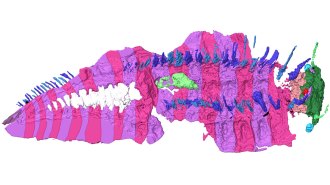 Paleontology
PaleontologyThe largest arthropod to ever live finally has a head
Fossils of an extinct giant millipede reveal new details about the arthropod’s anatomy.
By Jason Bittel -
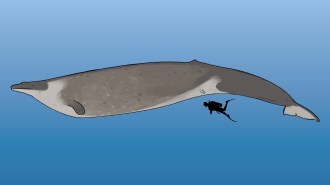 Paleontology
PaleontologySome of Earth’s extinct giants may have been smaller than thought
Evolving techniques and data indicate some ancient giants like Dunkleosteus and Megalodon may have been smaller than initial estimates suggested.
-
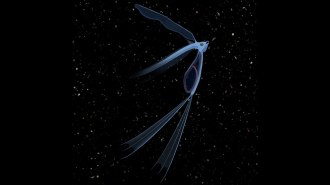 Paleontology
PaleontologyDespite new clues, this ancient fish has stumped scientists for centuries
The 50-million-year-old Pegasus volans isn't closely related to seamoths or oarfish, like some researchers have suggested. But what is it?
-
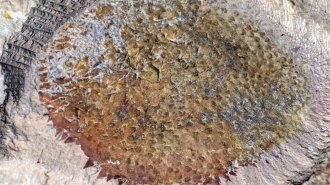 Paleontology
PaleontologyThis spiky fossil shows what early mollusks looked like
The fossil, plus 17 others from more than 500 million years ago, reveal that early mollusks were slug-like creatures with prickly armor.
-
 Paleontology
PaleontologyThe asteroid that may have killed the dinosaurs came from beyond Jupiter
The Chicxulub crater, left behind by the impact, contains elemental traces that suggest the origins of the notorious projectile.
-
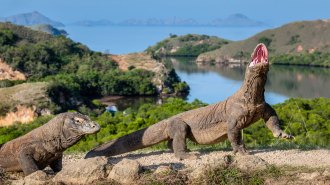 Animals
AnimalsKomodo dragon teeth get their strength from an iron coat
Studying the reptile’s ironclad teeth in more detail could help solve a dinosaur dental mystery.
-
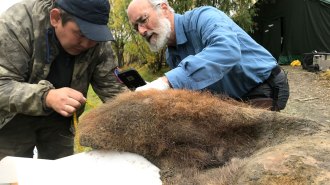 Genetics
GeneticsFreeze-drying turned a woolly mammoth’s DNA into 3-D ‘chromoglass’
A new technique for probing the 3-D structure of ancient DNA may help scientists learn how extinct animals functioned, not just what they looked like.
-
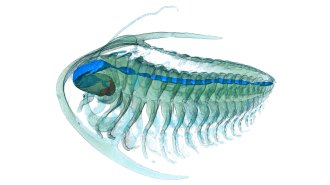 Paleontology
PaleontologyStunning trilobite fossils include soft tissues never seen before
Well-preserved fossils from Morocco help paleontologists understand the weird way trilobites ate and perhaps why these iconic animals went extinct.
-
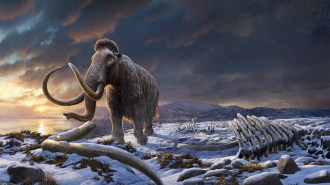 Paleontology
PaleontologyThe last woolly mammoths offer new clues to why the species went extinct
The last population of woolly mammoths did not go extinct 4,000 years ago from inbreeding, a new analysis shows.
By Claire Yuan -
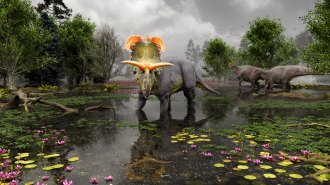 Paleontology
PaleontologyMeet Lokiceratops, a newly discovered species of horned dinosaur
Found in Montana’s badlands, Lokiceratops had two large, bladelike horns jutting forward and out from between its eyes.
-
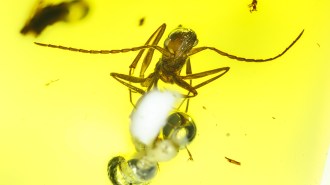 Paleontology
PaleontologyEarly ants may have had complex social lives, fossil data suggests
The earliest ants may have been primed for a highly social life — 100 million years ago, the insects had antennae tuned to key communication functions.
By Jake Buehler -
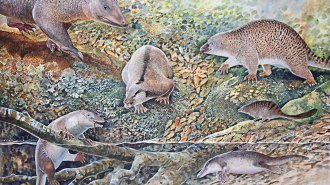 Paleontology
Paleontology‘Echidnapus’ hints at a lost age of egg-laying mammals
The fossil discoveries double the number of known monotreme species during the Cretaceous Period.